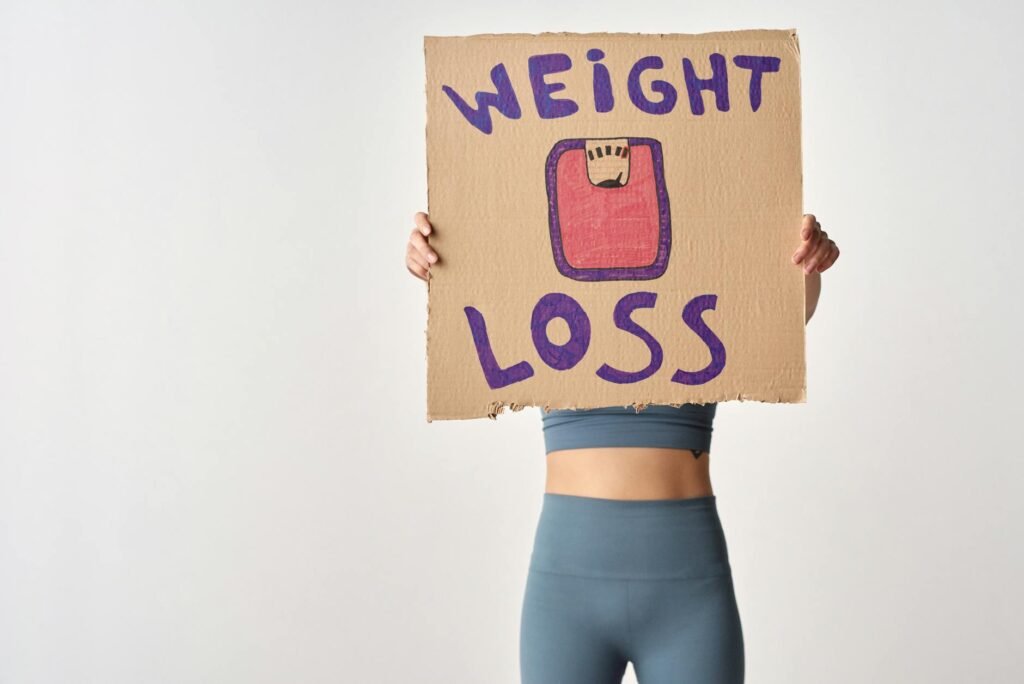Understanding Office Chair Discomfort
Sitting for too long, especially in an office chair, can be a real pain in the… well, you know where. It can mess with your health and comfort. Knowing what’s going on is the first step to fixing it.
Impact of Prolonged Sitting
Parking yourself in a chair for hours isn’t doing your body any favors, especially your backside. When you sit for ages, your glutes take a nap. They get lazy, and over time, they might shrink and lose their mojo (Autonomous).
| How Long You Sit | What Happens to Your Glutes |
|---|---|
| 1-2 hours | Not much |
| 3-4 hours | Glutes start slacking off |
| 5-6 hours | Glutes get weaker |
| 7+ hours | Glutes go on strike |
Signs of Muscle Weakening
When your glutes start losing their strength, you’ll notice. Your pants may feel looser, or you can’t quite get your glutes to work during a workout. These are telltale signs that your muscles are getting lazy from too much sitting (Autonomous).
Other signs include:
- Struggling with exercises that target your glutes
- Your butt doesn’t feel as firm as it used to
- Your lower back and hips start complaining
Your glutes might lose their tone and strength if you’re stuck at a desk all day and not moving around much. Regular exercise can help keep them in shape (Autonomous). For more on how sitting affects you, check out our article on what is office chair butt.
Knowing these signs and effects can help you take action to counteract the downsides of sitting too long. Adding some exercise to your day and using ergonomic gear can make a big difference. For more advice on dealing with these issues, take a look at our article on what does office chair butt look like.
Effects on Gluteal Muscles
Sitting for ages can mess with your glutes, leading to aches and pains. Office workers, gamers, and anyone glued to a chair should know this.
Muscle Inactivity Consequences
When you’re parked in a chair for too long, your glutes nap. This snooze fest can make them shrink and lose their oomph over time (Autonomous). This is what folks call “office chair butt,” where your muscles lose their tone and firmness.
| Consequence | Description |
|---|---|
| Muscle Shrinkage | Muscles get smaller from lack of use |
| Loss of Strength | Muscles lose power and stamina |
| Reduced Tone | Muscles become less firm and defined |
Sitting around all day without moving much can make these problems worse, so it’s a good idea to get some exercise. For more on how to spot weak muscles, check out our signs of muscle weakening section.
Circulation and Glute Health
Another downside of sitting too long is poor circulation. When you sit, your muscles can get squished, cutting off blood flow to your glutes. This can make them feel stiff, sore, or even numb (Autonomous).
| Issue | Description |
|---|---|
| Reduced Blood Flow | Blood doesn’t circulate well to the glutes |
| Muscle Stiffness | Glutes feel tight and uncomfortable |
| Numbness | You might lose feeling because of bad circulation |
Small changes, like using a chair that helps with leg circulation, can boost blood flow and ease some of these problems. For more tips on keeping comfy and avoiding pain, check out our ergonomic solutions section.
Knowing how sitting affects your glutes is the first step to stopping the discomfort. By staying informed and making smart choices about how you sit and move, you can keep your glutes healthy and strong.
Preventing Office Chair Discomfort
Sitting for too long can make your backside feel like it’s been through a wrestling match with a brick wall. This is what some folks call “office chair butt.” To dodge this pain in the rear, mix in some movement and get yourself a chair that doesn’t hate your body.
Importance of Physical Activity
If you’re glued to your chair all day, your glutes might start waving the white flag. They get weak and lose their mojo if you don’t give them a workout (Autonomous). Keeping active is like giving your muscles a pep talk—they stay strong and keep you feeling good.
Try these easy-peasy moves to keep your body from turning into a statue:
- Standing Desks: Switch it up between sitting and standing. Your legs will thank you.
- Short Walks: Take a stroll around the office or your living room. It’s like a mini-vacation for your legs.
- Stretching: Give your glutes and lower back a good stretch. They’ll feel like a million bucks.
- Strength Training: Squats and lunges are your glutes’ best friends. They’ll keep them strong and happy.
Ergonomic Solutions
A chair that fits you right can make a world of difference. Here’s what to look for in a chair that won’t make you want to scream:
- Adjustable Seat Height: Your feet should be flat on the ground, not dangling like you’re on a roller coaster.
- Lumbar Support: Your lower back needs a buddy to lean on, and good lumbar support is just that.
- Seat Cushioning: A comfy seat spreads your weight out so your glutes don’t feel like they’re sitting on a rock.
- Reclining Feature: Lean back and relax. It takes the pressure off your spine and glutes.
Tweaking your chair to help with leg circulation can keep the blood flowing and your legs from feeling like lead (Autonomous). For more on making your chair work for you, check out our article on what is office chair butt.
| Ergonomic Feature | Benefit |
|---|---|
| Adjustable Seat Height | Keeps your legs happy and blood flowing |
| Lumbar Support | Gives your lower back a break |
| Seat Cushioning | Makes sitting feel like a cloud |
| Reclining Feature | Lets you chill and take the load off |
Mixing in some movement and getting a chair that plays nicely with your body can keep the aches away and stay healthy, whether working or gaming for hours. For more tips on keeping your backside comfy, check out our article on office chair butt.
Addressing Postural Misalignment
Impact on Glutes and Lower Back
Slouching or sitting like a pretzel can affect your glutes and lower back. When you park yourself in a chair for hours with bad posture, your glute muscles decide to take a nap, leading to weakness and that dreaded “office chair butt”—a flat, less perky backside.
Your lower back isn’t a fan of this, either. Bad posture puts extra stress on it, causing pain and stiffness. When you hunch over, your spine’s natural curve gets out of whack, piling on pressure in the wrong places. This can worsen existing back issues and even create new ones over time.
Maintaining Proper Posture
Keeping your posture in check is key to dodging the adverse effects of sitting too long. Here’s how to sit like a pro:
- Sit back in the Chair: Let the chair’s backrest do its job. Do not lean forward or slouch.
- Feet Flat on the Floor: Plant those feet flat or grab a footrest. This helps spread your weight evenly and eases the load on your lower back.
- Knees at Hip Level: Adjust your chair so your knees are level with or slightly below your hips. This keeps your spine happy.
- Use Lumbar Support: Get a chair with lumbar support or toss in a cushion to keep your lower back’s natural curve in check.
- Ergonomic Typing Position: Set your keyboard and mouse at a comfy height. Your elbows should be at a 90-degree angle, not reaching for the stars.
| Posture Tip | Description |
|---|---|
| Sit Back in the Chair | Let the chair’s backrest support you fully. |
| Feet Flat on the Floor | Keep feet flat or use a footrest. |
| Knees at Hip Level | Adjust chair height for knee and hip alignment. |
| Use Lumbar Support | Use built-in or extra lumbar support. |
| Ergonomic Typing Position | Position keyboard and mouse comfortably. |
Stick to these tips, and you’ll give your glutes and lower back a break, reducing the risk of developing that pesky office chair butt. Curious about what it looks like and how to prevent it? Check out our article on what does office chair butt look like.
Good posture isn’t just about avoiding aches and pains; it’s about feeling good while sitting for hours.
Ergonomic Office Chair Features
Sitting for long hours can be a real pain in the… well, you know. Picking the right ergonomic office chair can save your backside from discomfort. Here’s what to keep an eye out for:
Leg Circulation Support
Have you ever felt like your legs are turning into wood blocks after sitting too long? That’s poor circulation messing with you. An ergonomic chair can be your hero here. Look for these features:
- Adjustable Seat Height: Keeps your feet planted firmly on the ground, helping blood flow like a river.
- Waterfall Seat Edge: This rounded front edge is like a gentle hug for your thighs, easing pressure and boosting circulation.
- Footrests: Consider them a hammock for your feet, keeping your legs in the right spot.
| Feature | Benefit |
|---|---|
| Adjustable Seat Height | Boosts blood flow |
| Waterfall Seat Edge | Eases thigh pressure |
| Footrests | Keeps legs comfy |
Back Support Options
Your back deserves some love, too. Good support can keep you sitting pretty and pain-free. Here’s what to look for:
- Lumbar Support: Adjustable lumbar support is like a personal spine whisperer, keeping your back’s natural curve intact.
- High Backrest: Gives your whole back a supportive hug, from your lower back to your shoulders.
- Reclining Function: Lets you lean back and relax, reducing pressure on your spine and encouraging movement.
| Feature | Benefit |
|---|---|
| Lumbar Support | Keeps spine happy |
| High Backrest | Supports the whole back |
| Reclining Function | Reduces spine pressure |
Want more tips on dodging discomfort from sitting too long? Check out our articles on office chair butt and what is office chair butt. Picking an ergonomic chair with these features can make your work or gaming sessions much more comfier.












